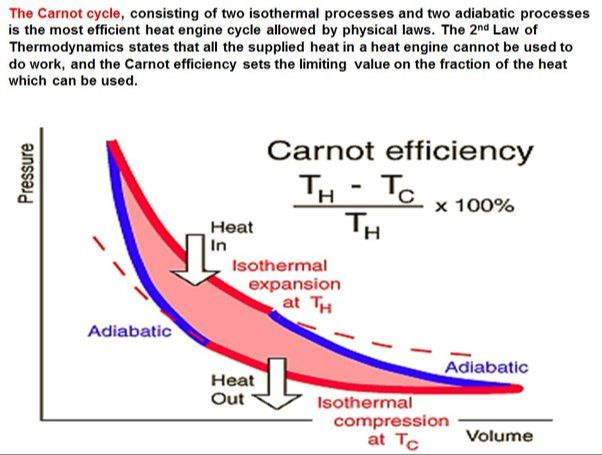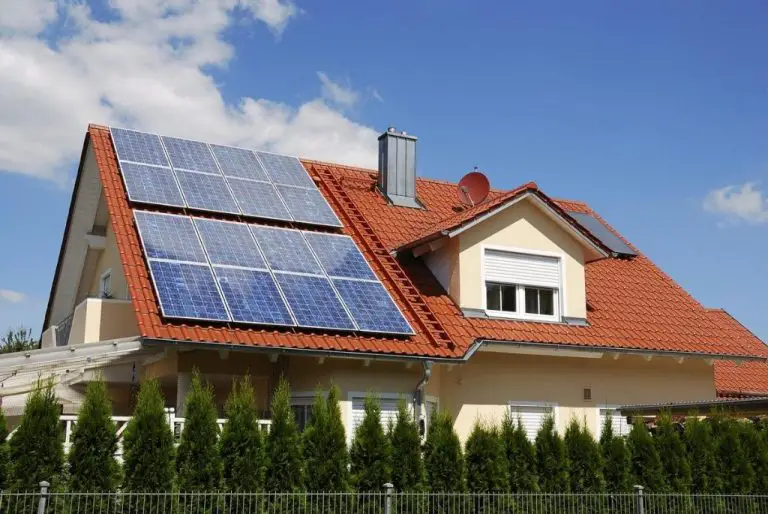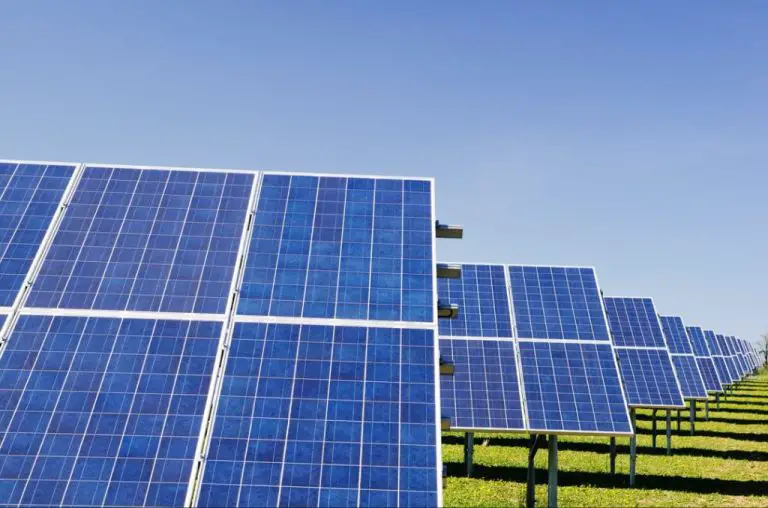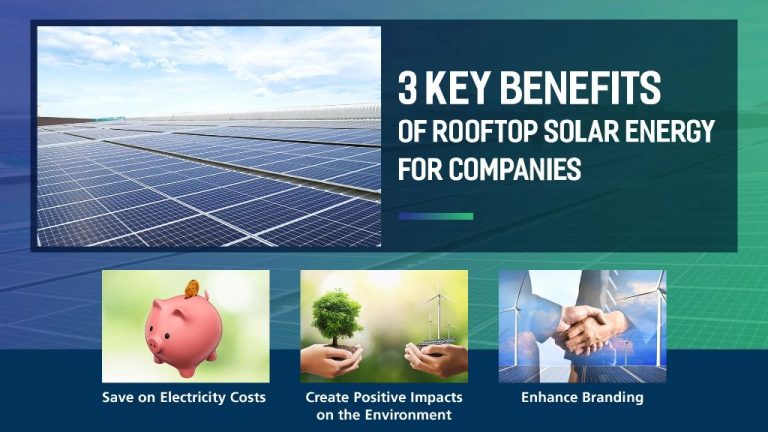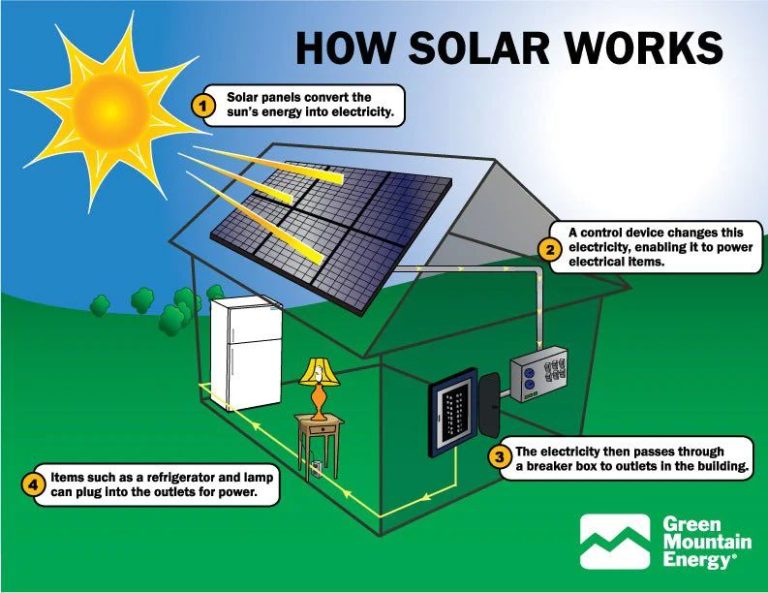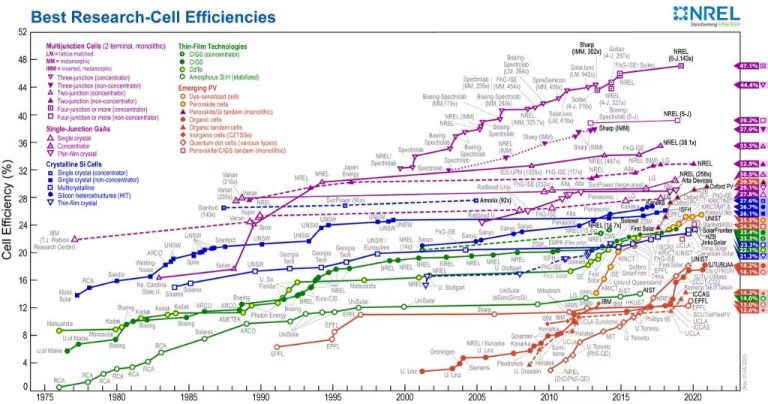What Is The Construction Of Solar Panels?
Solar panels, also known as photovoltaic (PV) panels, are devices that convert sunlight into electricity. They are made up of solar cells, which are assembled together in modules and arrays. The photovoltaic effect causes solar cells to generate direct current electricity when exposed to sunlight. While the concept of harnessing solar energy dates back to the 7th century B.C., the first modern silicon solar cell was created in 1954. The development and commercialization of solar panels accelerated in the 1970s and 1980s, as the technology improved and manufacturing costs declined. Today, solar power is one of the fastest growing renewable energy sources worldwide, supplying over 600 gigawatts of global capacity. With concerns about climate change and energy security rising, solar panels are an increasingly popular way to generate clean, renewable electricity for homes and businesses.
Photovoltaic Cells
Photovoltaic cells, also known as solar cells, are responsible for the direct conversion of sunlight into electricity in a solar panel. They are made of semiconducting materials that exhibit the photovoltaic effect – the generation of voltage or electric current in a material upon exposure to light.
The most common material used in photovoltaic cells is silicon. Silicon atoms form a crystalline structure with four outer electrons that can be shared with neighboring atoms. The addition of impurities (known as doping) creates an excess or shortage of electrons, forming a p-type (positive) or n-type (negative) semiconductor.
When a p-type and n-type semiconductor are placed together, electrons diffuse across the junction between them, creating an electric field. This p-n junction allows current to flow in one direction across the junction when it absorbs photons of light. This one-way flow of electrons generates the electric current in a photovoltaic cell.
Solar Cell Materials
The most common material used in solar panels is silicon. Solar cells are typically made from either monocrystalline silicon or polycrystalline silicon.
Monocrystalline silicon is made from pure silicon ingots, giving it a uniform crystalline structure. This makes monocrystalline solar cells more efficient at converting sunlight into electricity. However, monocrystalline silicon is more expensive to produce than polycrystalline silicon.
Polycrystalline silicon, also known as multicrystalline silicon, is made from melted silicon fragments. The random crystal orientations result in a less uniform structure with lower efficiency compared to monocrystalline silicon. However, polycrystalline silicon is cheaper and easier to produce.
In determining which type of solar panel to install, there is a tradeoff between efficiency and cost. Monocrystalline solar panels tend to be more efficient but also more expensive. Polycrystalline solar panels are less efficient but have a lower price point.
Substrate Layer
The substrate layer provides the base material and structure for the solar cell. This layer is usually made of glass or plastic. The purpose of the substrate is to provide mechanical support and protection for the solar cell.
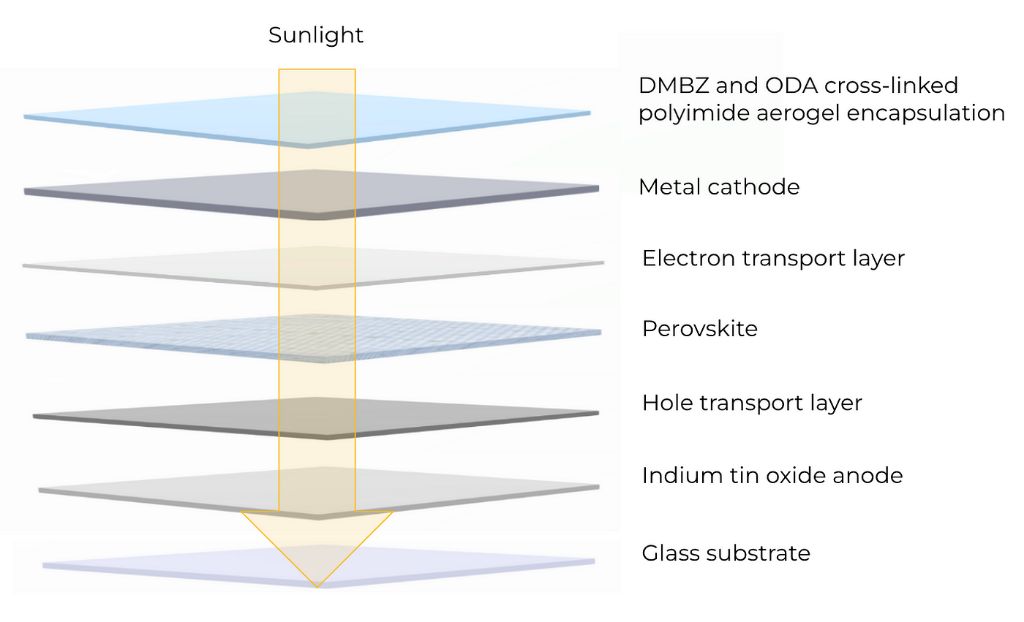
Glass is the most common material used for solar panel substrates. Soda-lime glass provides an inexpensive, durable, and weather-resistant foundation. Tempered glass also lends additional strength. Glass substrates are non-conductive and allow sunlight to pass through to the solar cell layers.
Plastic polymer sheets such as polyimide can also be used for the substrate. Plastic is lighter weight and more flexible than glass. However plastic may not be as durable over the lifespan of a solar panel. Plastic substrates also run a higher risk of allowing moisture ingress.
Anti-Reflective Coating
Solar panels have an anti-reflective coating that helps reduce reflection and increase absorption of sunlight. Without this coating, sunlight would reflect off the glass surface and not be converted into electricity. The anti-reflective coating acts like a thin film that reduces light reflection and allows more light into the solar cell.
Typically, silicon nitride is used as the anti-reflective coating for solar panels. It has excellent optical properties for reducing reflectivity. The coating is very thin – usually 100-200 nanometers. This nanoscale thickness helps incoming sunlight pass through the glass and reflect less off the surface.
By reducing surface reflection, more sunlight enters the solar cell and gets absorbed by the semiconductor layers. This boosts the electrical conversion efficiency. Studies show an anti-reflective coating can increase energy yield by over 30% compared to uncoated panels. The performance gain is most noticeable in low-light conditions when reflection losses are more pronounced.
In summary, anti-reflective coatings are a critical component that allows solar panels to reduce reflection and harness more of the sun’s light.
Front Contact
The front contact is made up of thin strips of conductive metal, usually silver or aluminum, that are deposited on the surface of the solar cell. These thin metal strips are called fingers or gridlines. The front contact serves to collect the electrical current generated by the solar cell and transmit it out.
The metal fingers are very thin, usually around 1% of the cell surface area, so that they do not block too much sunlight from entering the cell. They are also made as straight and narrow as possible to minimize resistive losses as the current travels along them. By depositing the metal in a grid pattern, the distance that current needs to travel laterally to reach a finger is minimized.
Silver is most commonly used for the front contact fingers because it has the highest electrical conductivity of any metal. Aluminum is sometimes used as well, although its lower conductivity results in slightly more resistive losses. The metal fingers are applied to the cell using screen-printing, inkjet printing, evaporation, or electroplating.
Encapsulant Layer
The encapsulant layer in a solar panel serves a critical protective purpose. It is made of a transparent polymer material such as ethylene vinyl acetate (EVA) that fully surrounds and seals the solar cells. The main job of the encapsulant is to protect the fragile solar cells and electrical contacts from exposure to the environment.
Without proper encapsulation, moisture, humidity, snow, wind, temperature changes, and other environmental factors would quickly damage the solar cells. The polymer encapsulant forms a resilient barrier around the cells, shielding them from the elements. It helps prevent oxidation, corrosion, and short circuits.
The encapsulant layer also provides structural support and adhesion between the solar cells and other layers in the panel. It holds the cells in place to prevent breakage from mechanical stresses. Encapsulation is essential for ensuring the solar modules remain functional, efficient, and weatherproof over decades outdoors. It’s a vital protective coating that enables the long operational lifetime of solar panels.
Backsheet
The backsheet is the protective back layer of a solar panel. Its main function is to insulate and protect the internal components of the solar panel.
The backsheet is usually made of a weatherproof and waterproof material to prevent moisture and external elements from damaging the interior of the panel. The most common material used is tedlar polymer.
Tedlar is a polyvinyl fluoride film made by DuPont. It is extremely durable, flexible and resistant to high temperatures and ultraviolet radiation. This makes it ideal for use in solar panels which are constantly exposed to the sun and weather elements.
The tedlar backsheet protects the internal circuitry from UV degradation and moisture ingress. Its waterproof nature prevents corrosion and short-circuiting. It also provides electrical insulation between the panel and the mounting surface.
The backsheet is laminated onto the back of the panel during manufacturing. Its structural stability is critical for the long-term reliability of solar panels, especially in outdoor conditions.
Junction Box
The junction box is another important component of solar panels. It serves to connect the solar cells and diverts the electrical current produced by the panels to the external circuit for consumption or storage. The junction box contains connectors which allow the solar panel circuits to be linked together in series or parallel as required. This enables the panels to be configured into solar arrays capable of generating higher voltages or currents.
Inside the junction box are bypass diodes which help maintain power output even if one or more cells are shaded. The diodes provide an alternate path for the current to flow around any shaded cells. This prevents the shaded cells from overheating and also minimizes power loss. The junction box may also contain blocking diodes to prevent reverse flow of current from the external circuit into the panel at night. Together, these functions make the junction box a crucial component in optimizing solar panel performance.
Frame
The frame provides structural support and protection for the entire solar panel. Solar panel frames are usually made from anodized aluminum, an extremely durable and weather-resistant material. Aluminum framing is corrosion resistant, which allows solar panels to withstand outdoor elements like rain, snow, and UV rays.
The aluminum frame surrounds the perimeter of the photovoltaic cell layers, holding all the components together in a rigid and robust package. Most solar panel frames have a channel running along the inside edges. The edges of the solar cells and backing materials slide into these channels and are attached to the frame with structural adhesives or clamps.
Frames include pre-drilled holes along the sides for easy installation. Mounting brackets secure the panels to rails and racks via these holes. The aluminum frame provides a strong attachment point for keeping solar arrays fixed in position while allowing easy adjustment of the tilt angle.
In addition to providing structural integrity, frames help protect the delicate silicon cells and internal components from external stresses. The anodized coating shields the aluminum from weathering and makes the frames highly durable over decades of exposure to the elements.

